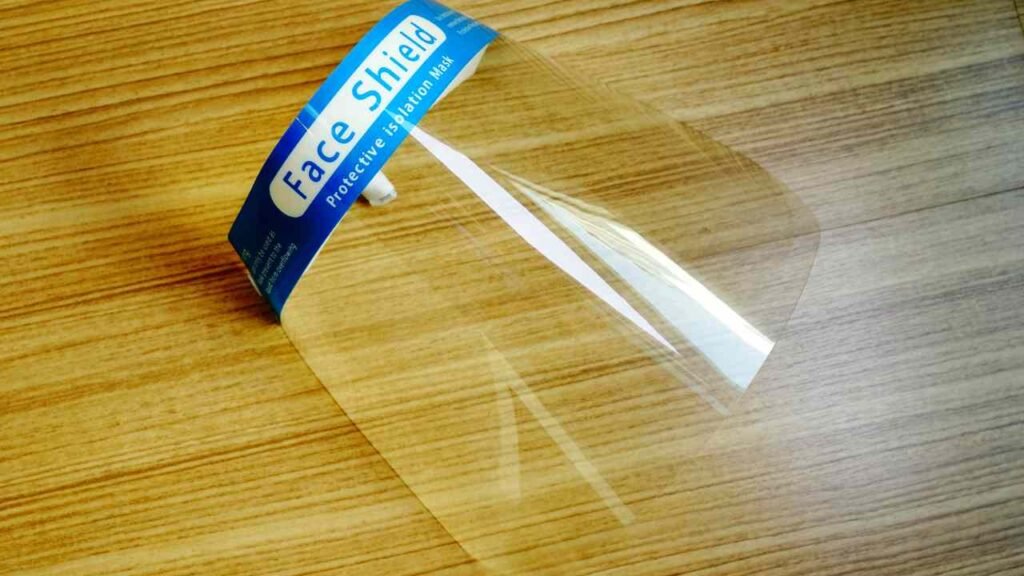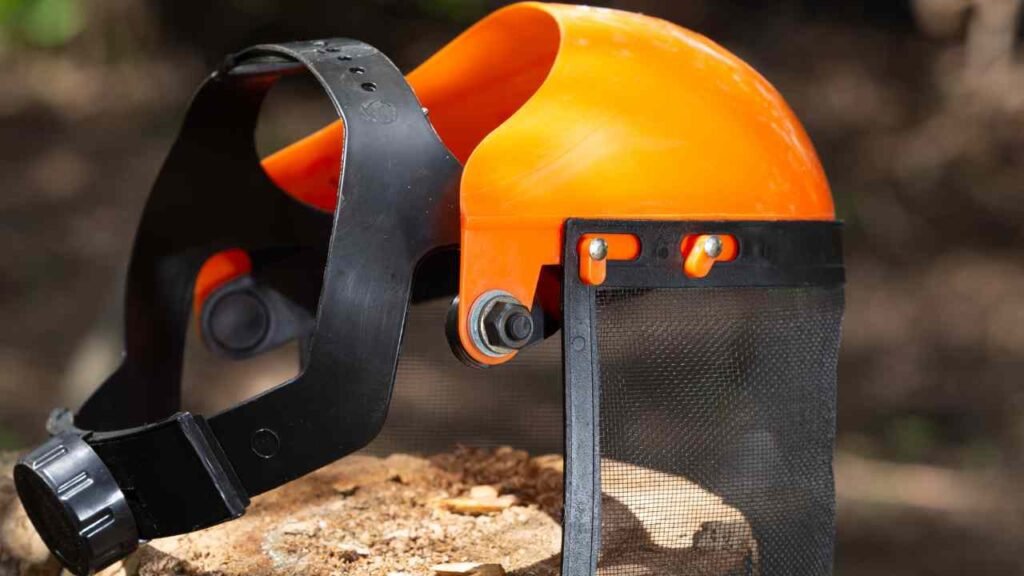In today’s fast-paced world, safety is a paramount concern in various industries, from healthcare to manufacturing. Safety shields play a crucial role in protecting workers and the general public from potential hazards. However, choosing the right safety shield can be a daunting task with a myriad of options available in the market. To help you make an informed decision, we’ve compiled a comprehensive guide outlining the key factors you should consider before purchasing a safety shield.
Thank you for reading this post, don't forget to subscribe!Understanding the Importance of Safety Shields
Safety shields, also known as face shields or protective visors, serve as a vital line of defense against a wide range of risks, including flying debris, chemical splashes, and infectious droplets. They are commonly used in healthcare settings, laboratories, construction sites, and manufacturing plants.
Types of Safety Shields
There are several types of safety shields available, each designed to meet specific safety requirements. Some common types include:
- Face Shields : These shields provide full-face protection and are typically used in medical and dental procedures.
- Chemical Splash Shields : Designed to protect against chemical splashes, these shields are prevalent in laboratories and chemical processing industries.
- Welding Shields : These shields offer protection against intense light and sparks, commonly used in welding applications.
- Visors for Grinding : Used in construction and metalworking, these shields protect against debris and flying particles.

Factors to Consider When Choosing a Safety Shield
When selecting a safety shield, several critical factors must be taken into account:
1. Material and Durability
The material of the safety shield is of utmost importance. Polycarbonate and acrylic are popular choices due to their high impact resistance. Ensure that the shield is durable and can withstand the environment it will be used in.
2. Comfort and Fit (H3)
A comfortable fit is essential, especially for extended wear. Look for adjustable straps and cushioning for added comfort. Ill-fitting shields can lead to discomfort and reduced safety.
3. Optics and Clarity
Clarity is crucial for tasks that require precision. Ensure that the shield offers distortion-free optics for a clear view of your surroundings.
4. Protection Level
Different tasks require varying levels of protection. Evaluate the specific hazards you’ll encounter and choose a shield that provides the necessary protection, such as impact resistance or chemical resistance.
5. Ease of Cleaning
Regular cleaning and sanitization are essential, especially in healthcare settings. Opt for shields that are easy to clean and disinfect to maintain hygiene.
6. Compliance with Standards
Check if the safety shield complies with industry standards and regulations. This ensures that the shield meets the necessary safety requirements.
The Benefits of Choosing the Right Safety Shield

Selecting the best safety shield offers several advantages:
- Enhanced Safety: A well-chosen safety shield provides optimal protection, reducing the risk of injury.
- Comfort: Comfortable shields are more likely to be worn consistently, ensuring ongoing safety.
- Productivity: Improved visibility and protection enhance worker productivity.
- Cost-Efficiency: Investing in quality shields can save on replacement costs in the long run.
Conclusion
In conclusion, selecting the best safety shield is crucial to ensure the safety and well-being of individuals in various industries. Consider factors such as material, comfort, optics, protection level, ease of cleaning, and compliance with standards when making your choice. By doing so, you can enjoy enhanced safety, comfort, and productivity in your workplace.
FAQs
1. How do I know which type of safety shield is right for my industry?
The type of safety shield you need depends on the specific hazards in your industry. Consult with safety experts or regulatory guidelines to make an informed decision.
2. Can I use the same safety shield for different tasks?
While some shields are versatile, it’s best to use shields designed for the specific hazards you encounter to ensure optimal protection.
3. Are there any maintenance tips for prolonging the life of my safety shield?
Regularly clean and disinfect your safety shield according to the manufacturer’s guidelines. Store it in a cool, dry place away from direct sunlight.
4. What are the industry standards for safety shields?
Industry standards vary, but common certifications include ANSI Z87.1 for eye and face protection and EN 166 for European standards.
5. Where can I purchase high-quality safety shields?
You can find safety shields at safety equipment suppliers, online marketplaces, or through industrial safety distributors.



